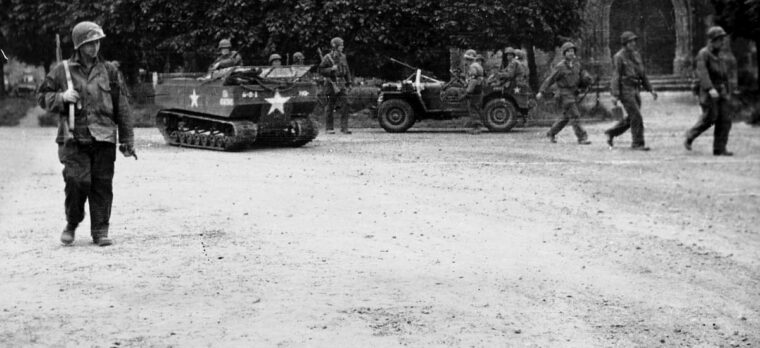
weapons
The M29 Weasel: The WWII Track Vehicle Never Used as Intended
By Bob GordonThe M29 Weasel was a machine conceived by a bizarre British chemist obsessed with ice for a unit that did not exist and a mission that never occurred. Read more

weapons
The M29 Weasel was a machine conceived by a bizarre British chemist obsessed with ice for a unit that did not exist and a mission that never occurred. Read more
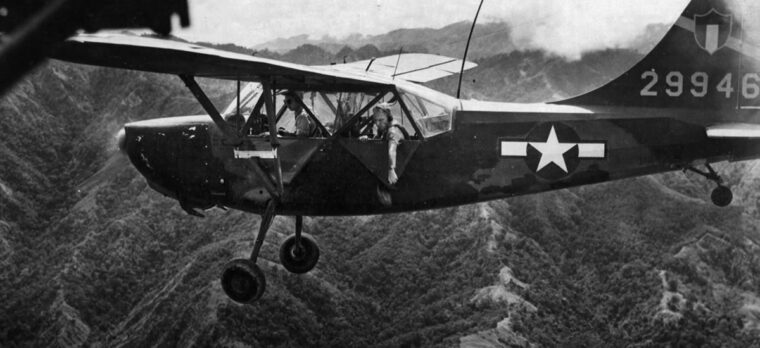
weapons
Despite being caught up in the tide of isolationism prevalent duringthe interval between the world wars, the United States Army was lucky enough to have Congressional funding for the further development and expansion of its fledgling air arm, known initially in 1926 as the Army Air Corps and in 1941 renamed the Army Air Forces. Read more
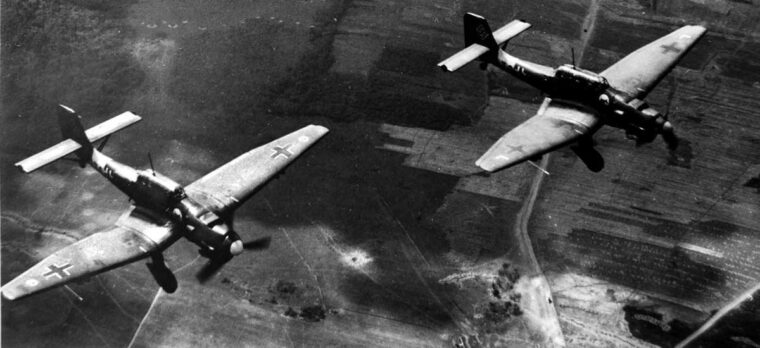
weapons
One of the deadliest and most effective airplanes of the Axis powers, the Junkers Ju-87 Stuka, owed its origin to a fearless World War I ace and, ironically, to innovative American aviation visionaries in the peaceful early 1930s. Read more
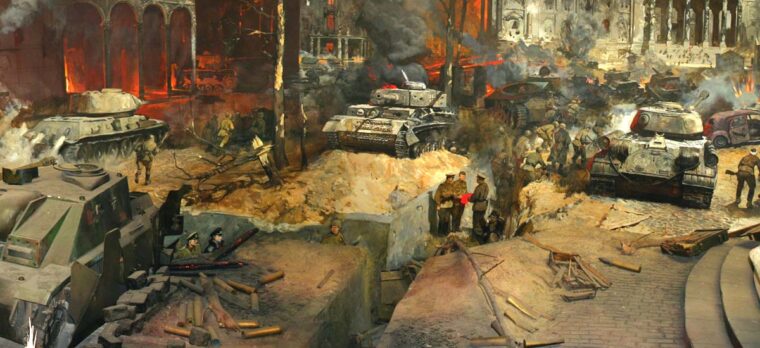
weapons
December 1941 was a dark month and the end of a dark year for the Soviets as the Germans pressed ever onward toward Moscow, the lair where Joseph Stalin and his minions plotted what to do next against the Nazi juggernaut that had, in a few short months, rolled over everything before them. Read more

weapons
By Arnold Blumberg
During World War II, after the Royal Navy’s traumatic departure from the Pacific Ocean in early 1942, the 4th Submarine Flotilla and its depot ship, the HMS Adamant, operated with the Eastern Fleet based at Trincomalee––a large, natural harbor located on the coast of Sri Lanka in the heart of the Indian Ocean. Read more
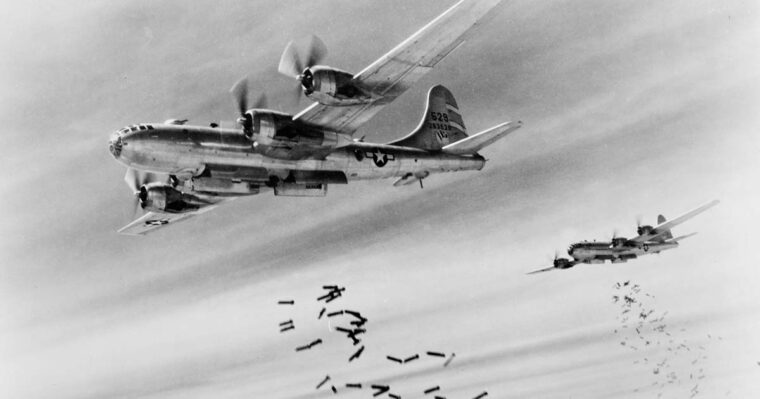
weapons
The Boeing B-29 Superfortress was a game changer. First rolling off the assembly line as a production aircraft in July 1943, the Superfortress was the answer to America’s need for a high-level long-range strategic bomber. Read more
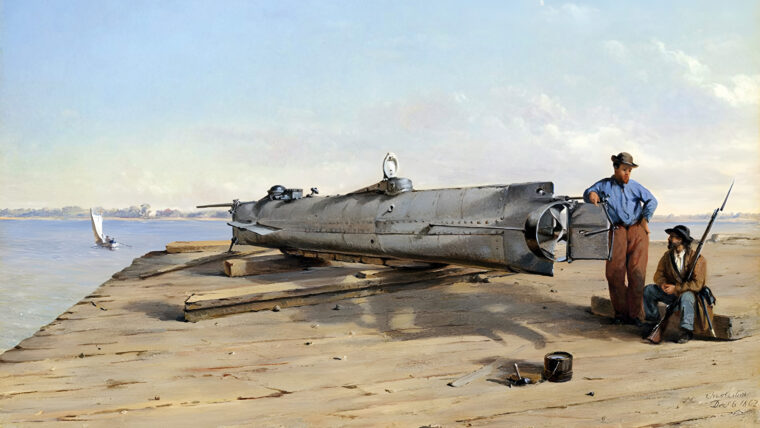
weapons
At the start of the American Civil War in April 1861, U.S. President Abraham Lincoln proclaimed that he planned to blockade the Confederacy by stationing warships in waters off its shores. Read more
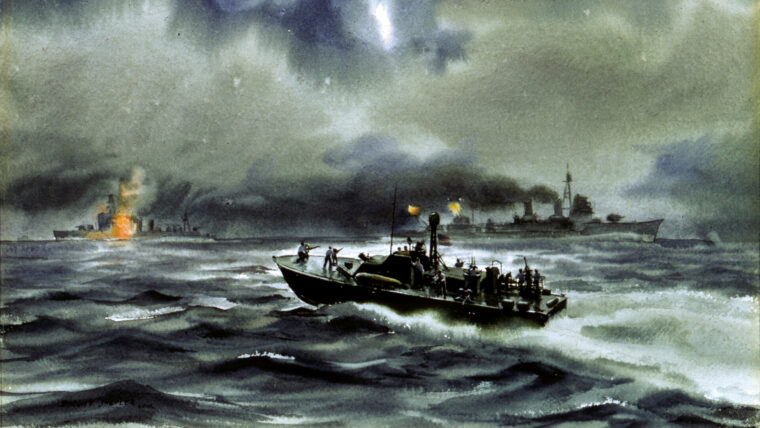
weapons
By William F. Floyd, Jr.
Late in the day on October 24, 1944, all of the available 39 patrol torpedo (PT) boats of the U.S. Read more
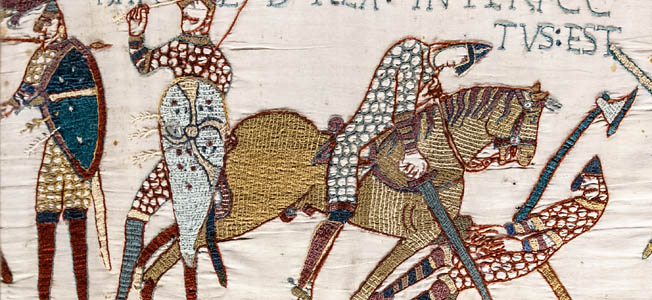
weapons
Numerous pictorial representations show us the arms and armor of the 12th-century Anglo-Norman knight, the most famous being the Bayeux Tapestry. Read more
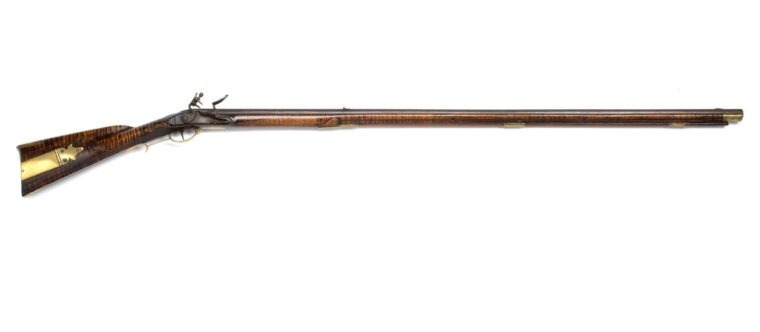
weapons
The battle at Kings Mountain in October 1780 was the only clash of the American Revolution in which the entire colonial force was armed with American long rifles. Read more
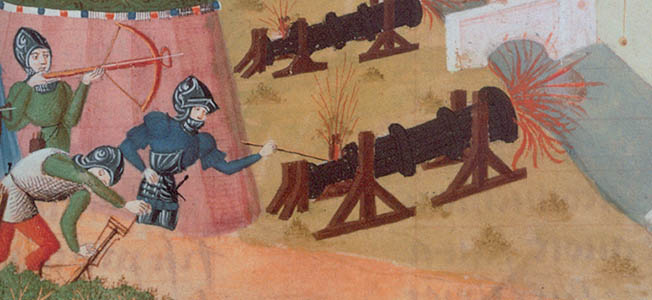
weapons
By the latter part of the 15th century, armor worn by knights in the field had reached its pinnacle. Read more
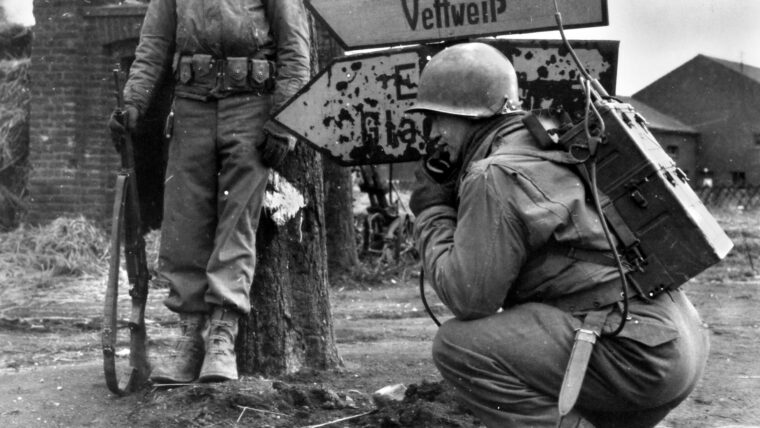
weapons
Early in 1945, in the Northern Appenine mountains of Italy, T/5 Harvey, a radioman with the 10th Mountain Division, is carrying his WW2 radio backpack, the ever-handy SCR-300, into combat for the first time. Read more
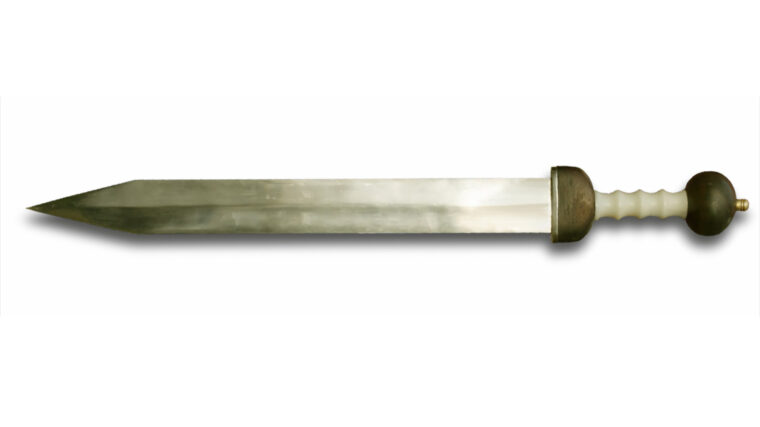
weapons
Few weapons in world history have had such great tactical importance as the Roman gladius. To understand the importance this short sword had on the battlefields of antiquity, it is best to start with the Roman historian Livy. Read more
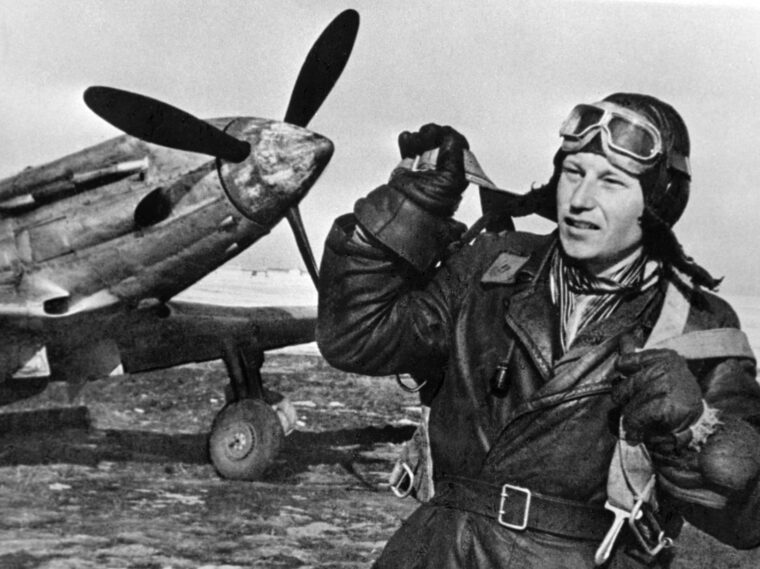
weapons
According to contemporary Soviet news sources, fighter Ace Alexander Pokryshkin was the most famous pilot in the Red Air Force during World War II. Read more
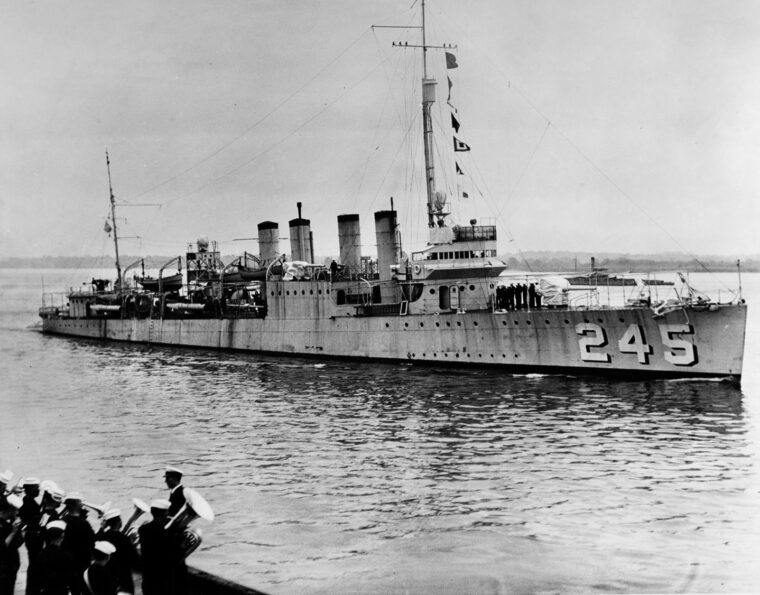
weapons
When the destroyer USS Reuben James (DD-245) was assigned to convoy duty in the North Atlantic in the autumn of 1941, its crew had a sense of foreboding and feared the worst. Read more
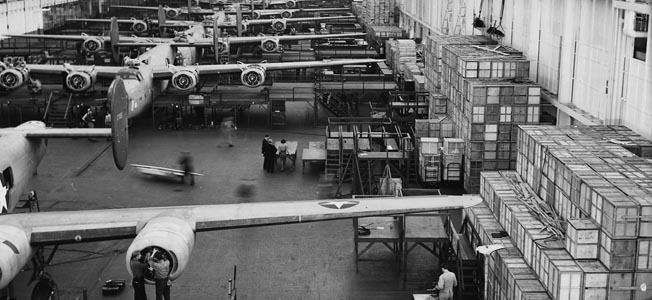
weapons
They said it couldn’t be done. Doubters chided Henry Ford for declaring that his Willow Run Bomber Plant could turn out a B-24 Liberator heavy bomber every hour. Read more
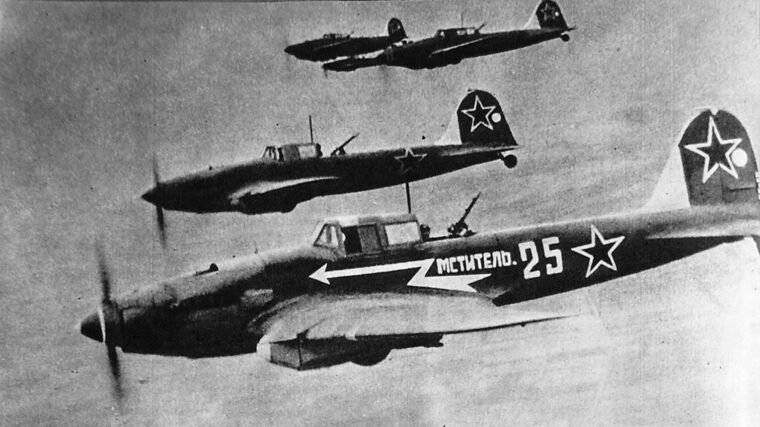
weapons
Vasily Emelianenko led a flight of Soviet Ilyushin IL-2 Shturmoviks, or “Storm Birds,” in late June 1942 against a German-held airfield near Artemovsk in eastern Ukraine, flying low up a deep ravine to avoid detection. Read more
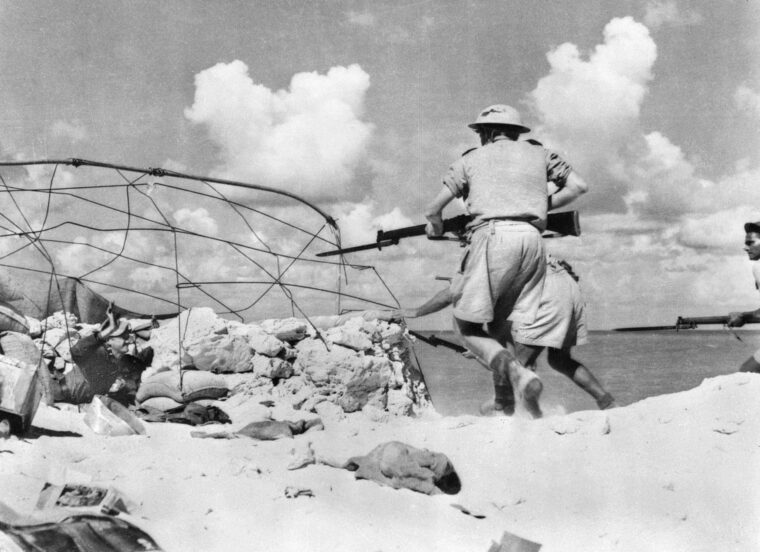
weapons
A small party of about 40 German soldiers had infiltrated the Australian lines around the besieged town of Tobruk, Libya, during the night of April 13, 1941. Read more
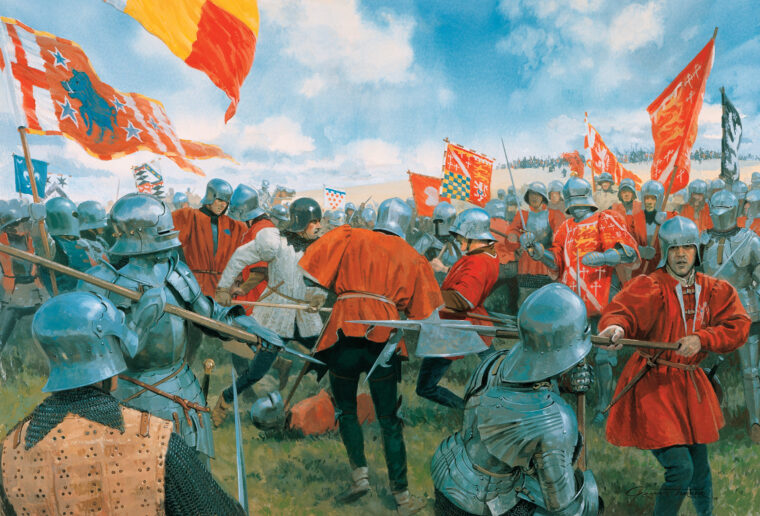
weapons
The men of Bridport on the coast of southwestern England kept extra weapons on hand to deal with the raids endemic during the Hundred Years War that preceded the Wars of the Roses. Read more
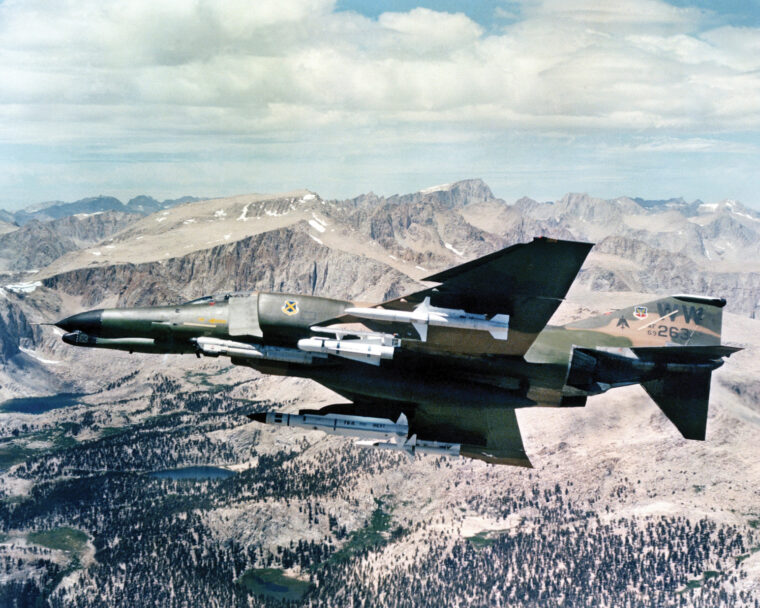
weapons
Captain John E. Donovan, an electronic warfare officer, monitored the equipment in his F-100F Super Sabre fighter. It was December 22, 1965, and his plane was part of a strike mission searching out enemy antiaircraft sites. Read more